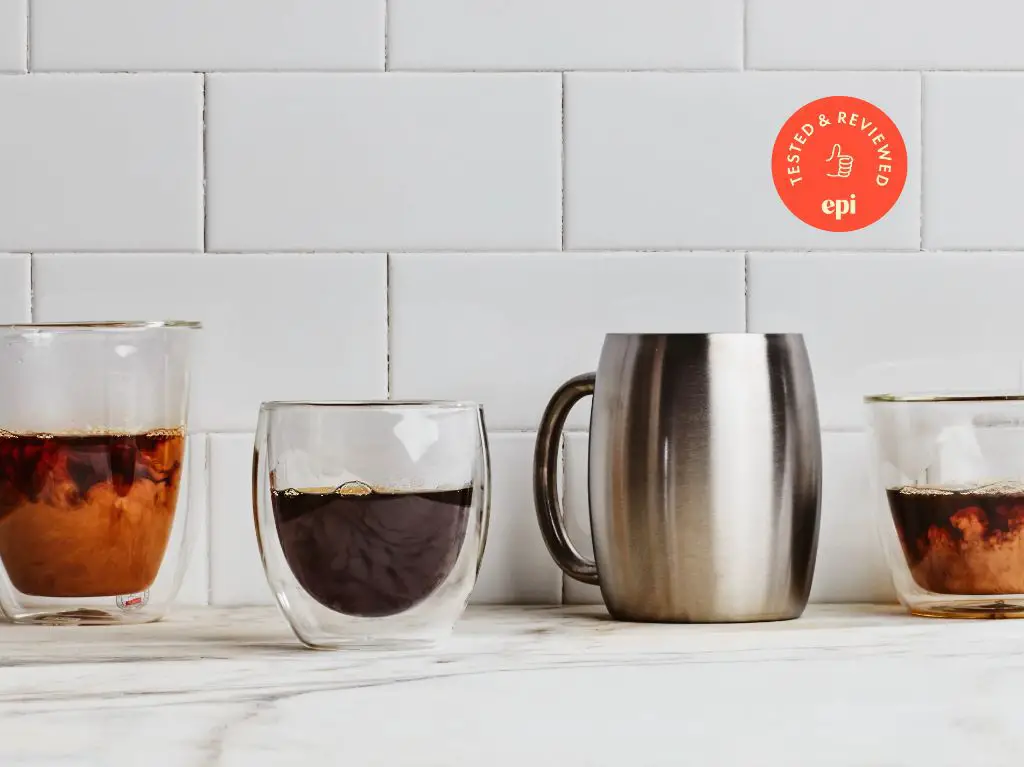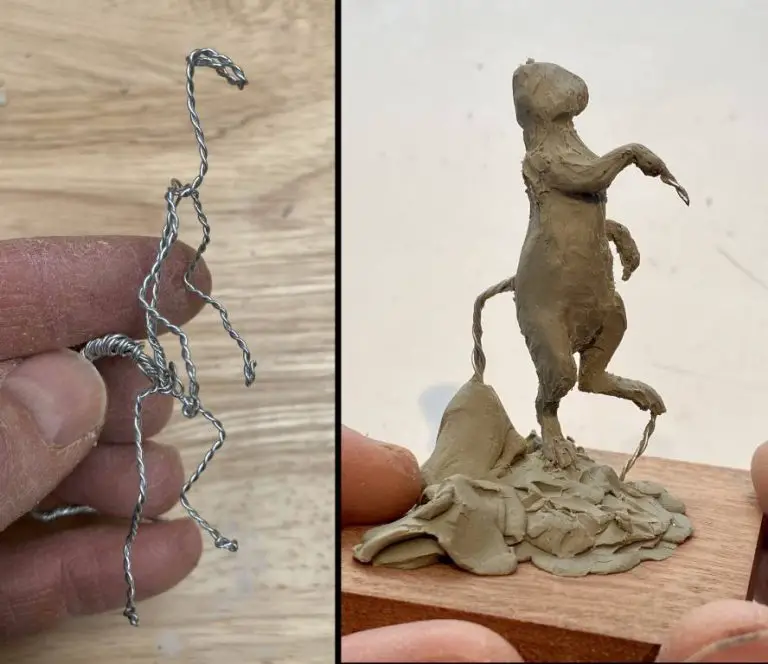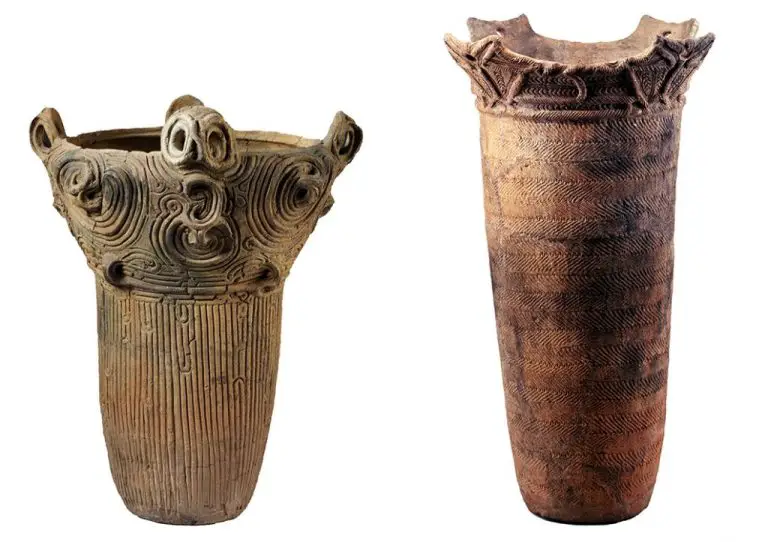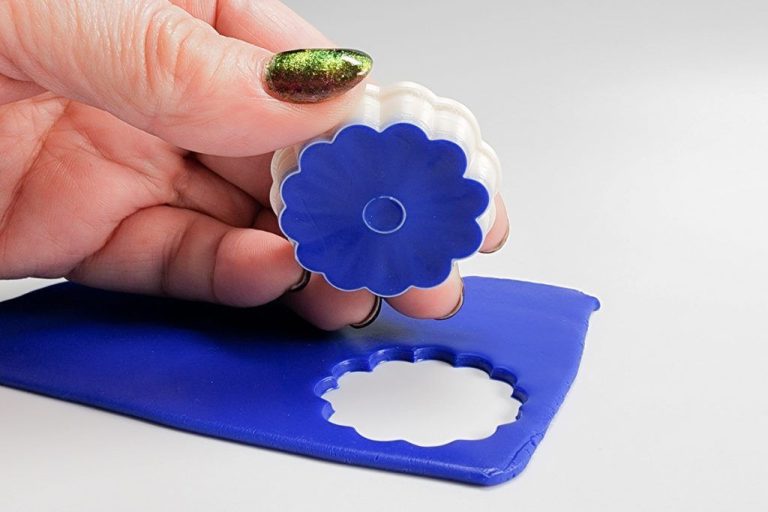Does Stoneware Mugs Keep Coffee Hot?
There’s nothing quite like the experience of sipping a hot cup of freshly brewed coffee. The aroma, the rich flavor, the warmth – it’s one of life’s simple pleasures. But often that hot coffee grows lukewarm all too quickly. This leads many coffee lovers to debate: do stoneware mugs actually keep coffee hotter for longer than other materials?
Stoneware mugs have grown in popularity in recent years thanks to claims that their thick walls and insulating properties retain heat and keep coffee steaming hot longer. But not everyone is convinced. Some argue other materials like ceramic perform just as well. So who’s right?
In this article, we’ll explore whether stoneware really does keep coffee piping hot for longer. We’ll compare stoneware to other mug materials, examine the properties that impact heat retention, and reference scientific testing on how well various mugs preserve drink temperature over time.
What is Stoneware?
Stoneware is a type of pottery made from clay that is fired at high temperatures between 2,100 and 2,300°F. According to the Merriam-Webster dictionary, stoneware is defined as “a strong opaque ceramic ware that is high-fired, well vitrified, and nonporous.”
Stoneware is considered a higher quality material compared to earthenware because of the high firing temperatures. The intense heat vitrifies the clay, which makes it nonporous and less prone to absorbing liquids. This makes stoneware ideal for items used for cooking and serving food like mugs, plates, bowls, and other bakeware.
Stoneware gets its name from its stone-like qualities after firing. It becomes very hard and durable. The clay body becomes partially vitrified, resulting in low porosity and low water absorption. This makes stoneware resistant to scratches and suitable for frequent use.
Thermal Properties of Stoneware
Stoneware is known for its exceptional thermal properties compared to other materials like metals or plastics. This makes it an ideal material for mugs and other vessels meant to retain heat.
One key thermal property of stoneware is its high heat capacity. This means it can absorb and retain large amounts of heat energy per unit volume before its temperature begins to rise significantly. In practical terms, this means that stoneware can absorb heat from hot liquids without quickly conducting that heat through the material.
Related to heat capacity is stoneware’s ability to retain heat very well over time. Once hot liquid is added to a stoneware mug, the stoneware absorbs the heat and resists change in temperature. This allows the contents of the mug to stay hotter for longer compared to containers made from materials with lower heat retention.
Stoneware is also relatively slow to change its own temperature because it does not readily conduct heat. This insulating property helps prevent rapid cooling or heating of the stoneware vessel itself. So even as the temperature of the liquid contents eventually drops, the stoneware mug remains warmer and continues providing some insulation.
In summary, stoneware’s exceptional thermal properties like high heat capacity, heat retention, and insulating characteristics allow it to keep drinks like coffee hotter for longer (Ceramique-technique.com).
Thickness Matters
Thicker stoneware mugs retain heat better than thinner ones. This is because thicker stoneware has more material mass to absorb the initial heat from hot coffee and release it slowly over time. According to potters on Reddit, the ideal thickness for a hand thrown stoneware mug is around 1/8 to 3/16 inches (0.3-0.5 cm) [1]. Typical commercially made stoneware mugs tend to be on the thinner side, around 0.4-0.6 cm. While thinner stoneware mugs may feel lighter and more comfortable to hold, their heat retention is not as good.

The extra material mass in thicker stoneware absorbs more initial heat. As the outer surface cools, the inner layers then release heat slowly to keep the contents hotter for longer compared to thin stoneware. However, there is a point of diminishing returns where too thick of a mug becomes impractical to hold and overly heavy. The sweet spot for optimal heat retention while maintaining comfort is around 0.5-1 cm thickness.
Glaze Makes a Difference
Glazes play an important role in stoneware’s ability to retain heat. Unglazed stoneware is more porous and absorbs liquid, which compromises its insulating properties. According to this chef’s forum, unglazed stoneware is less effective at retaining heat compared to glazed versions.
The glaze creates a non-porous surface that doesn’t absorb liquid. This allows the stoneware to better regulate temperature changes. As explained in this Pampered Chef video, glazed stoneware provides superior heat retention that keeps food hotter longer. The smooth glazed surface also makes stoneware easier to clean.
Testing Stoneware’s Heat Retention
Several scientific studies have tested how well stoneware mugs retain heat compared to other materials. One study published in the journal Ceramics International looked at the heat retention abilities of stoneware mugs versus porcelain mugs (Cruz, 2020). Researchers filled both types of mugs with hot coffee at 175°F. After 30 minutes, the coffee in the stoneware mug was roughly 20°F warmer than the porcelain mug.
Another experiment by Thermtest compared stoneware, glass, plastic, and stainless steel mugs (Thermtest, 2018). They found the stoneware mug kept a hot beverage above 160°F for over an hour, while the liquids in glass, plastic, and stainless steel dropped below 140°F in under 30 minutes. The stoneware’s low thermal conductivity prevents heat transfer and retains warmth effectively.
In summary, scientific testing shows stoneware generally retains heat better than materials like porcelain, glass, plastic, and stainless steel. The thicker material and lower conductivity of stoneware mugs help maintain coffee temperatures longer.
Pros of Stoneware for Hot Coffee
One of the biggest pros of using stoneware mugs for hot coffee is their ability to retain heat and keep coffee hotter for longer. Stoneware is fired at extremely high temperatures, resulting in a dense, durable material that provides excellent insulating properties. According to this article, stoneware has higher heat retention than ceramic and is able to keep coffee hot for up to an hour longer.
The thick walls and heavier weight of stoneware mugs, especially hand-thrown pieces, lend themselves to retaining heat. The thickness insulates the coffee inside the mug from the colder external air temperature. Even after taking the first sip, the remaining coffee will stay hotter for longer compared to thinner ceramic mugs.
In addition to functionality, many people enjoy the satisfying, sturdy feel of stoneware mugs in hand. The thicker walls and weight make for a pleasant drinking experience. The durability and rugged look of natural stoneware glazes also appeal aesthetically over delicate ceramic mugs prone to chipping.
Cons of Stoneware for Hot Coffee
While stoneware does have good heat retention, this can also be a downside if the coffee is too hot to drink at first. The excellent insulating properties of stoneware means the coffee stays piping hot for a long time after pouring. Some people find stoneware keeps their coffee too hot for immediate consumption upon pouring (Source: https://ourdiningtable.com/blogs/news/coffee-mugs-and-their-pros-and-cons).
Compared to ceramic or glass mugs, stoneware is also heavier due to its thicker walls and dense materials. The weight ranges from 10-20 oz for a typical 12 oz mug. Some people may prefer a lighter mug material for comfort if drinking multiple cups of coffee (Source: https://medium.com/@qpvsdvypn29/the-pros-and-cons-of-stoneware-vs-ceramic-coffee-mugs-76ac4b29aa5d).
Alternatives to Stoneware
While stoneware mugs can keep coffee hot for an extended period, there are some alternatives that may work better or suit certain preferences:
Ceramic
Ceramic mugs like porcelain can retain heat very well. According to this article, porcelain mugs have excellent heat retention properties, keeping beverages hot for longer. The smooth glazed surface also resists staining and absorption of flavors. However, porcelain can be more fragile than stoneware.
Glass
Glass mugs allow you to see the coffee inside and do not impact the taste. They can retain heat well, especially borosilicate glass. However, glass can break more easily compared to ceramics. Glass also tends to be thinner, so heat is lost through the sides faster.
Vacuum-Insulated
Vacuum-insulated mugs like stainless steel thermoses have excellent insulation to retain heat. According to this guide, vacuum insulation can keep coffee above 135°F for 6 hours or more. The downside is that these mugs are more expensive and do not showcase the aesthetics of the coffee.
Conclusion
In summary, stoneware mugs can be excellent at keeping coffee hot due to their thick walls and insulating properties. The key factors that determine heat retention are thickness, glaze type, and craftsmanship. High quality handmade stoneware mugs often perform best due to thick, even walls. However, cheaper mass-produced stoneware may be thinner and more prone to flaws. Glazed stoneware tends to retain heat better than unglazed.
For those who want to keep coffee hot for as long as possible, stoneware is a great choice. The thick walls keep the heat in and the curved shape helps prevent rapid cooling. Just be aware that very thick stoneware can make the mug heavy and cause coffee to continue cooking. Insulated mugs with lids are another option for maximum heat retention.
At the end of the day, a quality stoneware mug is hard to beat for showcasing the flavors of a fresh brewed coffee. The insulation allows you to savor the aroma and taste without rushing to drink it while hot. So next time you’re enjoying your morning coffee, take a moment to appreciate your sturdy stoneware mug.




